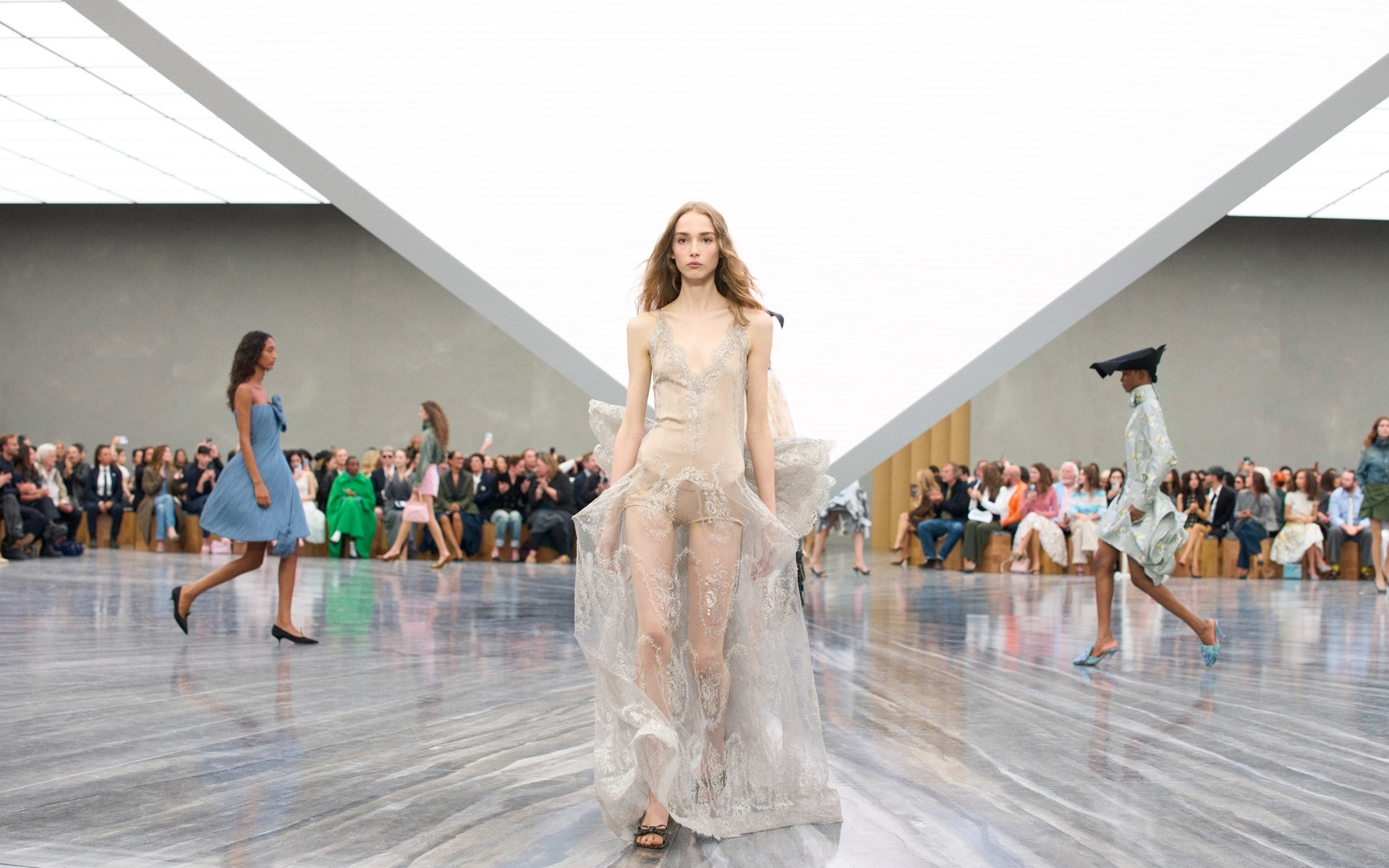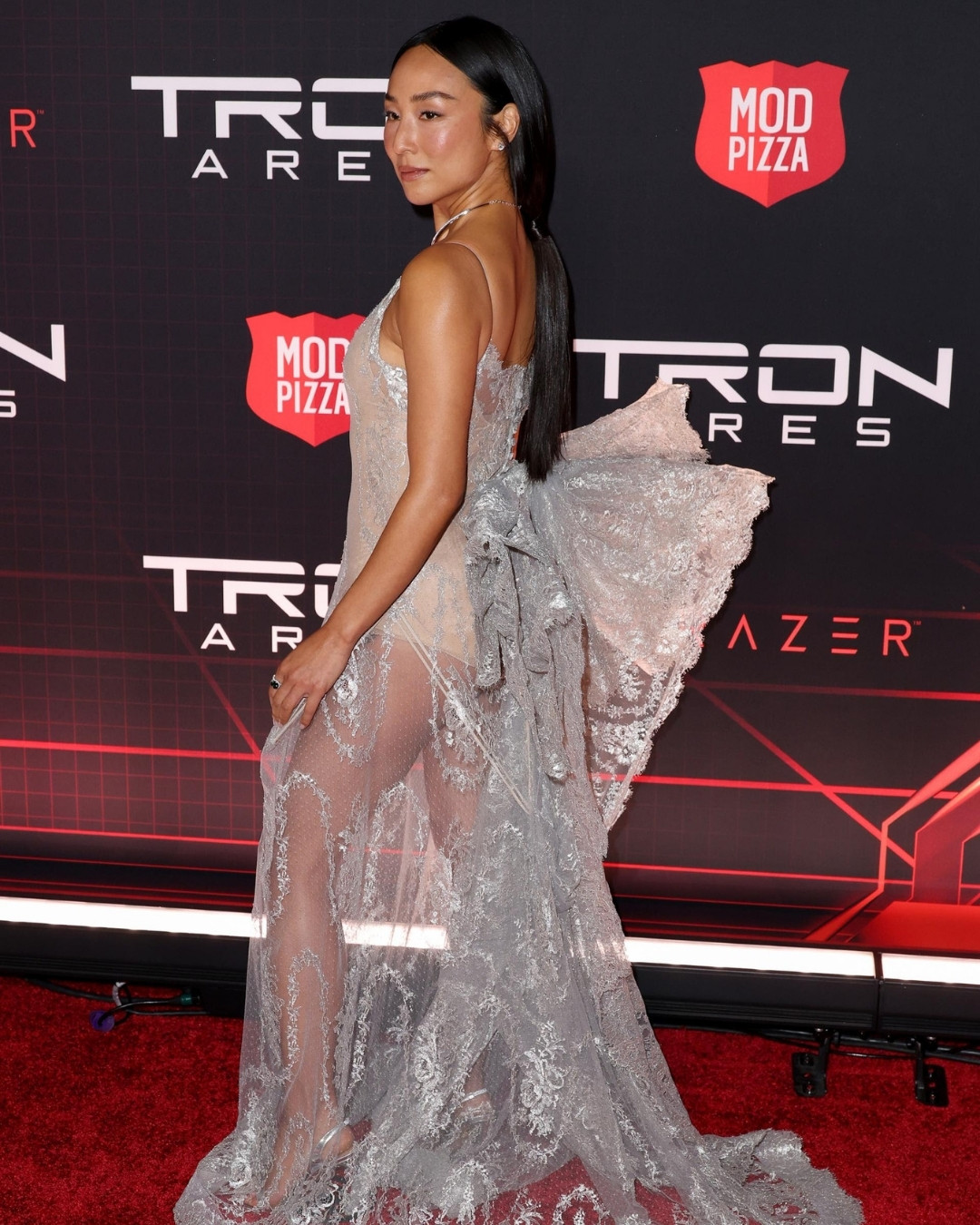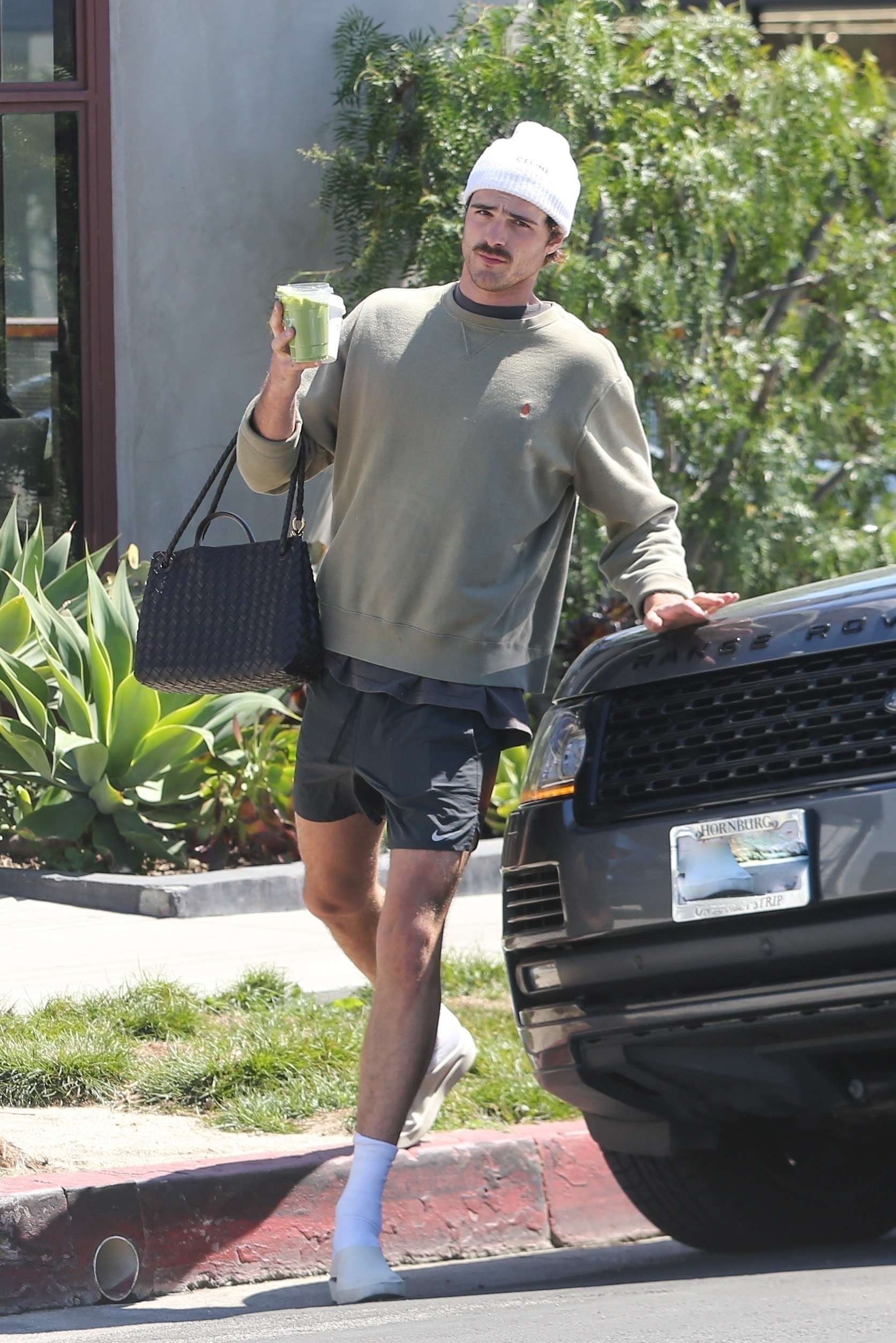
Now that the highly anticipated Spring/Summer 2026 show has drawn its closing curtain, heated discussions have been made surrounding which is the best debut show. In the meantime, the musical chairs have reached a fever pitch, creating a ripple effect that extends from the ateliers and to the suites of Hollywood. A pressing question emerges: when a designer departs a fashion house, should the celebrities they dressed so iconically follow them to their new home, or remain loyal to the brand itself? The answer is not as simple as a yes or no, but a complex calculation of creative vision, commerce, and personal allegiance.

It’s common for a brand to recruit new ambassadors as it’s often used as a signal of transition. Ayo Edebiri and Nicole Kidman for Chanel and hot off the press, Dakota Johnson for Valentino, these ambassadorship announcements mark the new era of the brand under the helm of a new creative lead. The grand creative director’s debut, however, is not the only “new beginning”. Dior, for example, is having not one, but three new ambassadors—Mia Goth, Greta Lee and Mikey Madison—joining the existing brand ambassadors, including K-pop idols Jimin from BTS and Jisoo from Blackpink.

This season served as a laboratory for this very dilemma. Some celebrity-designer partnerships have achieved a symbiosis that becomes inextricably linked in the public consciousness. For these stars, following the creative force represents a vote for artistic integrity over corporate identity. The most illustrative example is Greta Lee, who followed Jonathan Anderson from Loewe to Dior, where she was promptly named a global brand ambassador. Though rare, Lee’s move is a golden example of a partnership where a designer’s vision defines the ambassador’s public image and is deeply collaborative. Beyond a mere endorsement deal, it became an integral part of the celebrity’s presence in the fashion industry. Lee’s meteoric style ascent was meticulously crafted with Anderson—her image architect—at Loewe, resulting in looks that felt less like borrowed clothes and more like an extension of her persona. Fashion is, after all, as much about storytelling as it is about commercial alignment. In Lee’s case, her loyalty to creative vision outweighs the contractual factors.

Similarly, Harry Styles and his well-documented fashion partnership with Alessandro Michele is also a compelling case for designer loyalty. Styles’ gender-fluid and eclectic campy elegance was amplified to global phenomenon status through his partnership with Michele at Gucci. Michele’s departure would mean that the performer may lose the sartorial collaborator who truly understood how to translate his artistic sensibility into fashion statements—that extravagant pink fuzzy coat and the disco-ball-looking sequin jumpsuit he wore at Coachella 2022, for example, would not survive the Sabato de Sarno’s Gucci that whispered quiet luxe. The gain in following a designer is the preservation of a magic formula—the continuity of a trusted creative partnership and the powerful narrative of loyalty in an industry often accused of being mercenary. The loss, should they stay with the brand, is potentially becoming just another mannequin for a new but unknown vision that may not align with their constructed image.

In some cases, the allure of a brand’s legacy—especially if it’s a legendary fashion powerhouse—often proves stronger. A fashion house is an institution that has the stability and long-term value that outlasts any single creative director. For some celebrities, their alignment is with the brand’s timeless codes and global power, not the transient interpreters. Jacob Elordi’s continued presence at Bottega Veneta despite Blazy’s departure for Chanel exemplifies this strategy. We remember the Euphoria star for his love affair with the Andiamo bag—often paired with understated street style—not a Blazy head-to-toe look. Elordi’s current style pivot leans into a classic—almost old-world Hollywood masculinity—that aligns perfectly with Bottega Veneta’s enduring identity of quiet luxury and impeccable craftsmanship. His star power is rooted in this specific aesthetic, and uprooting his style to follow Blazy could dilute his carefully constructed image.

Likewise, Jennie from Blackpink gained the moniker as the “Human Chanel”. The black leather satin jumpsuit with pearl cabochons, signature white camellia and the boater hat custom-made for her Met Gala 2025 appearance, embodied the house’s codes, not under the creative direction of either Virginie Viard or Blazy. The risk of following a designer is trading a legendary canvas for a single, potentially volatile, paintbrush—especially concerning when that designer’s new position might come with creative constraints.
This entire debate, however, presupposes a stability that no longer exists. The designer roulette wheel is spinning faster than ever. Designers were given less than two seasons to prove their worth or even to find their feet and settle in—Sabato de Sarno and Ludovic de Saint Sernin’s tenure, which lasted merely one or two seasons, shows that the industry is in constant flux. The numbers on the revenue reports and Earned Media Value (EMV) have become the—almost—sole concern in the boardroom. The traditional model of a designer and their muse—a Halston and Liza Minnelli, a Karl Lagerfeld and Inés de la Fressange—appears almost antiquated.
This volatility raises a stark question of whether the bond between a celebrity and a designer is strong enough to warrant a high-stakes move when a designer’s position might itself be precarious. Are today’s celebrities a designer’s creative inspiration, or simply the face of short-term endorsement deals designed to keep sales rolling?
Perhaps the answer lies in a new, more fluid paradigm. The emergence of the various brand titles, such as “Friend of the House” status, offers a compelling middle path. When Pedro Pascal appeared at Blazy’s Chanel debut, or when Harry Styles took the front row seat at Valentino Spring 2025, it was a masterclass in continuing a creative collaboration without the rigidity of an official ambassadorship. This status welcomes genuine admiration over contractual obligation, offering a perfect compromise: maintaining relationships with designers while avoiding full commitment to a brand.
Whether or not this will be the new system moving forward remains unknown—it’s never a one-size-fits-all solution—but authenticity between the relationship, topped with a coherent style narrative, will be the powerful currency. In the right circumstances, it transcends both the designer and the house that momentarily contains it. The practice of celebrities following designers will likely continue but become more selective, depending on the perceived power and longevity of the designer, the strength of the personal relationship, and the clarity of the celebrity’s own image.
READ MORE
Op-Ed: Is Fashion Great Again?
Major Moves: Véronique Nichanian Steps Down From Hermès After 37 Years
Giuseppe Marsocci Named CEO of the Armani Group, Following Founder Giorgio Armani’s Passing
